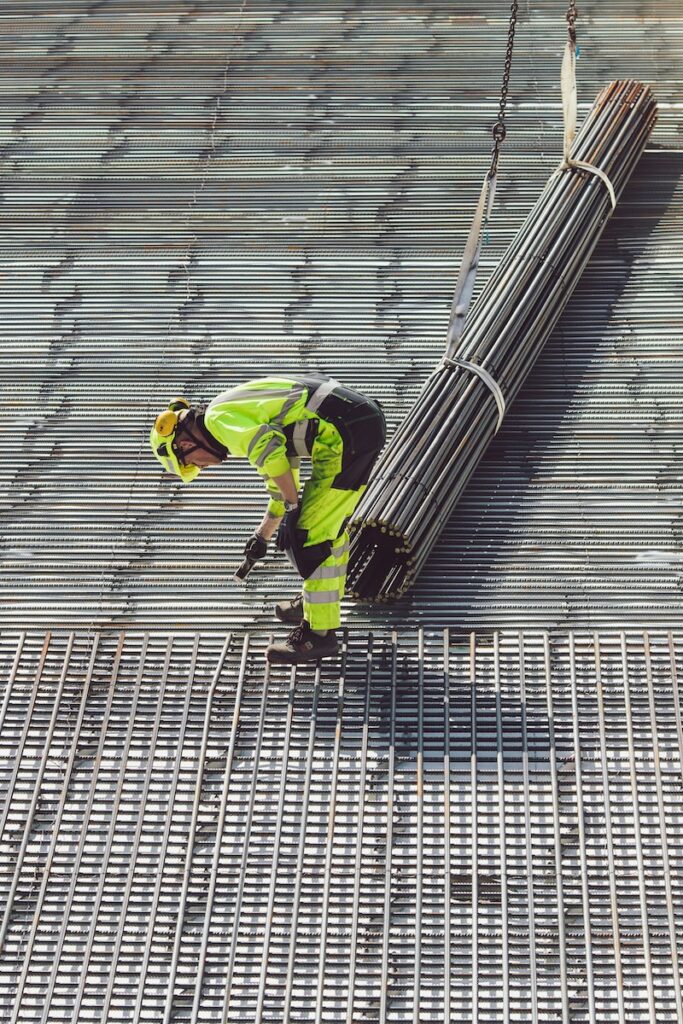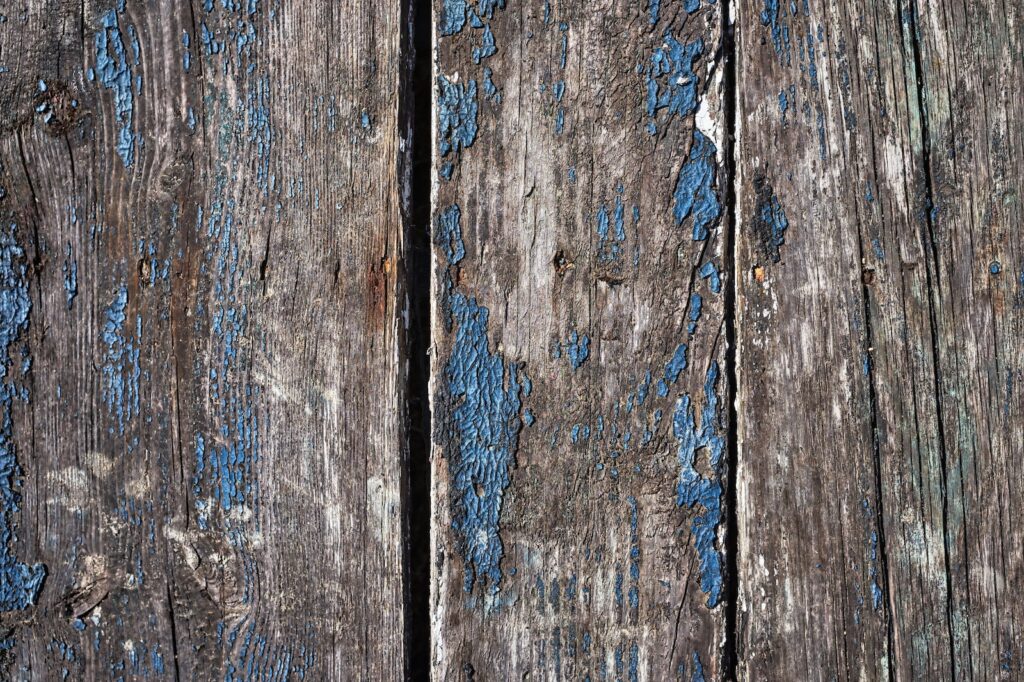11 Green Building Materials Paving the Way for Sustainable Construction
In the face of growing environmental concerns, the construction industry is witnessing a shift towards sustainability. Green building materials, derived from renewable resources and designed to be environmentally friendly, are at the forefront of this change. This article will explore 11 examples of green building materials that are transforming the construction landscape.
1. Stone
Stone is a naturally occurring material that requires little maintenance and doesn’t release harmful chemicals or toxins. It’s also fire-resistant and fares well during natural disasters.
2. Cob
Cob is a mixture of soil, sand, straw, and sometimes lime. It’s eco-friendly and easy to work with, making it ideal for constructing whimsical and enchanting homes.
3. Bamboo
Bamboo is a rapidly renewable resource that’s strong, durable, and versatile. It’s suitable for various applications in construction, including flooring and structural elements.
4. Recycled Steel
Recycled steel reduces the demand for new steel production, which can be energy-intensive. It conserves natural resources and uses less energy compared to producing new steel from raw materials.
5. Insulated Concrete Forms (ICFs)
ICFs consist of two layers of foam insulation with a concrete core. They provide superior insulation, reducing the need for heating and cooling in buildings.
6. Reclaimed Wood
Reclaimed wood is salvaged from old buildings or other structures. It reduces deforestation by making use of existing resources.

"Green building materials offer numerous benefits including resource conservation, improved energy efficiency, and waste reduction."

7. Aerogel
Aerogel is a synthetic porous ultralight material derived from a gel, in which the liquid component for the gel has been replaced with a gas. It has excellent insulating properties and can significantly reduce energy consumption in buildings.
8. Cotton Insulation
Cotton insulation is made from recycled cotton materials like denim. It’s an excellent alternative to traditional fiberglass insulation as it’s safer to install and doesn’t contain formaldehyde.
9. Sheep Wool Insulation
Sheep wool insulation is a natural insulator that’s safe to handle and install. It also has excellent moisture management properties, contributing to a healthier indoor environment.
10. Straw Bale
Straw bale is an affordable and renewable resource that provides excellent insulation. It’s often used in natural building or “green” construction projects as an alternative to concrete, brick, gypsum, plaster, fiberglass, or foam insulation.
11. Rammed Earth
Rammed earth is a technique for building walls using natural raw materials such as earth, chalk, lime or gravel. It’s an ancient method that has been revived recently as a sustainable building material.
Conclusion – Green Building Materials
Green building materials offer numerous benefits including resource conservation, improved energy efficiency, and waste reduction. By choosing these sustainable options for construction projects, we can contribute to a healthier environment while creating buildings that are efficient, durable, and aesthetically pleasing.
Note: Always consult with a professional before starting any construction project..
